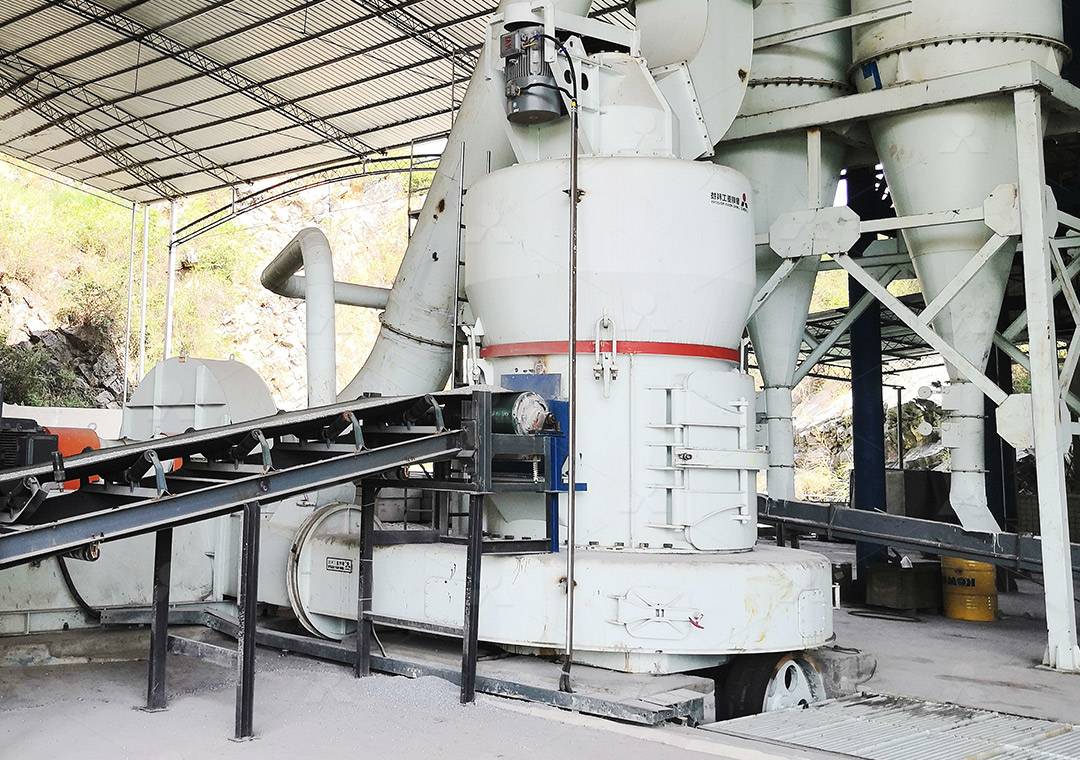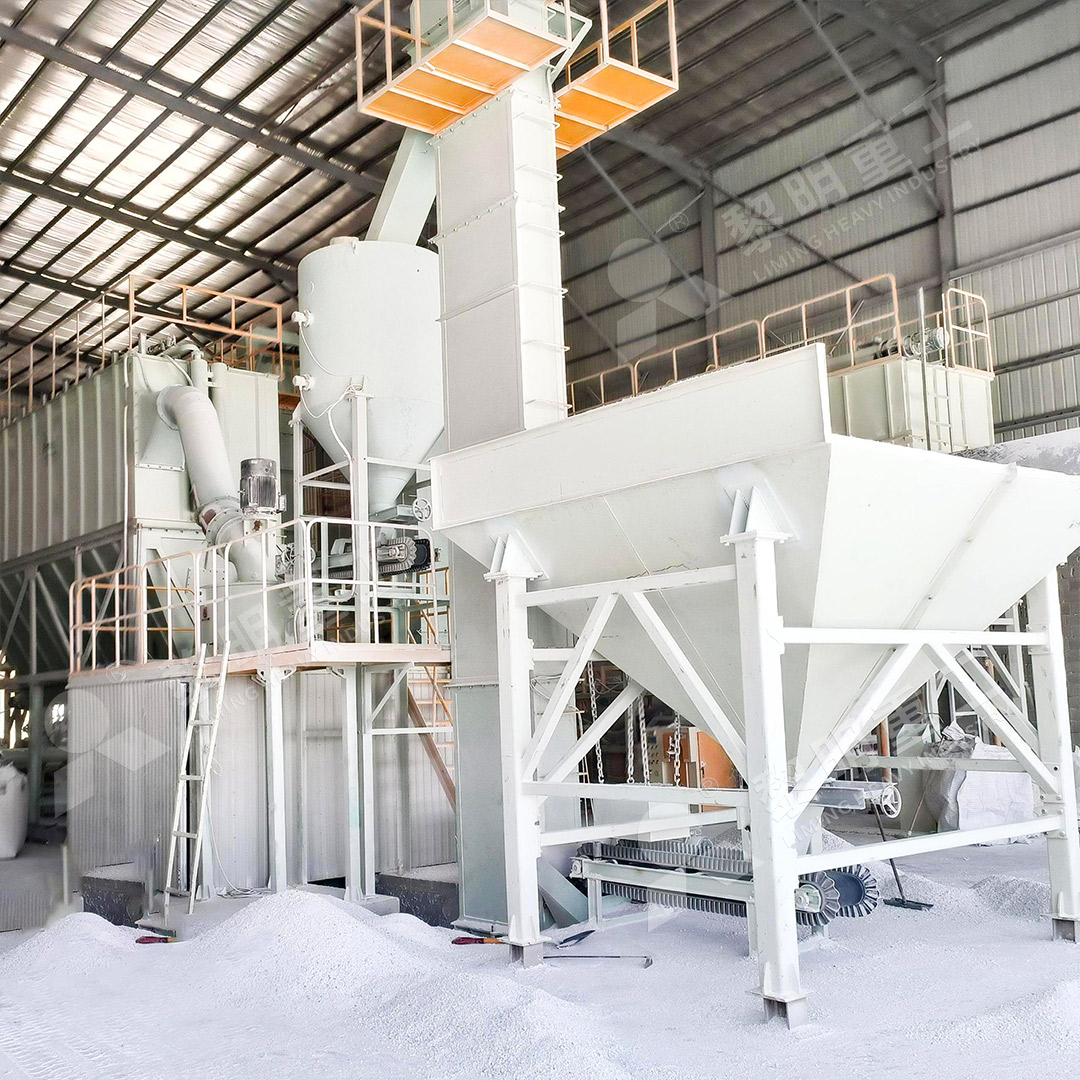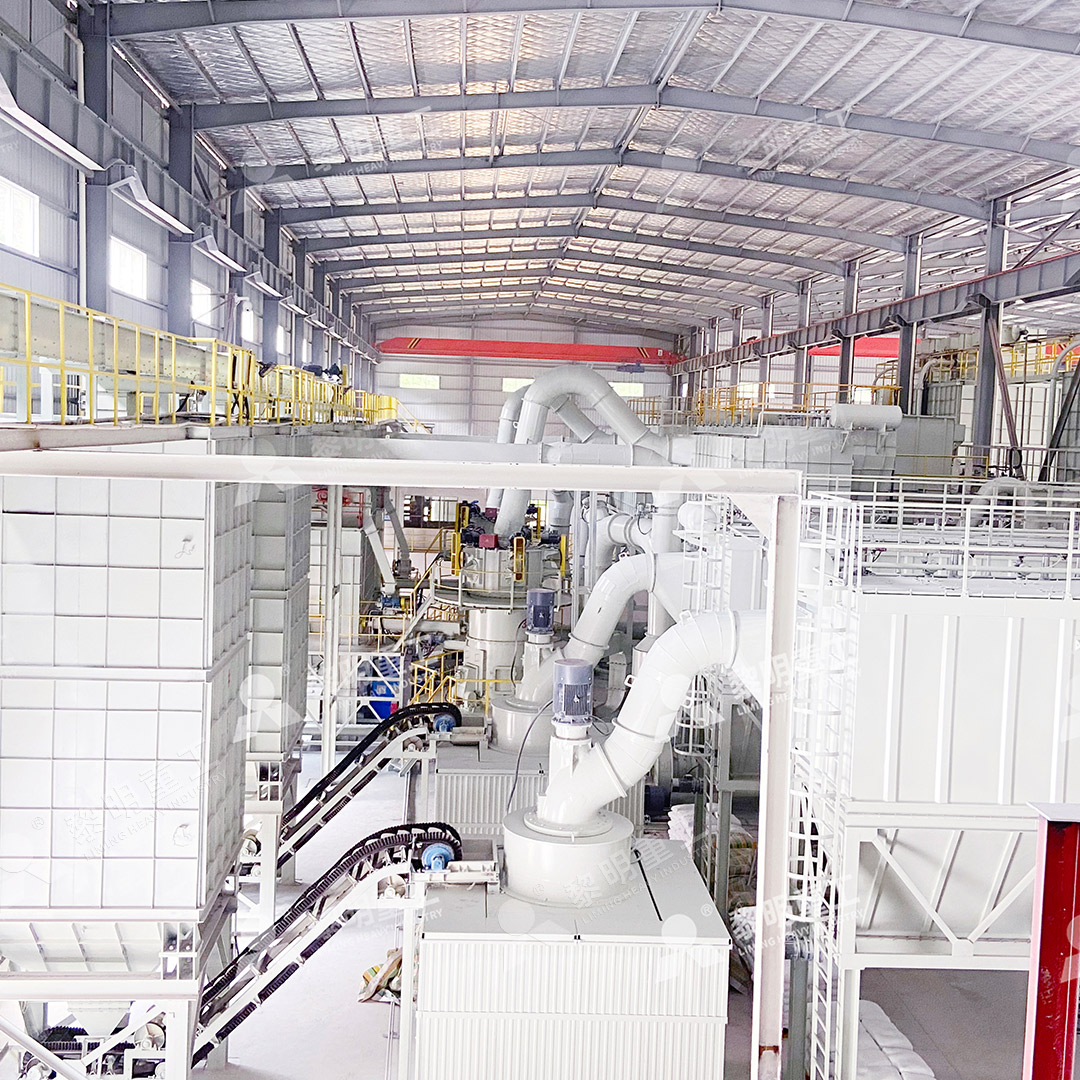Graphite Grinding Mill Process Flow and Equipment Selection Guide
Graphite Grinding Mill Process Flow and Equipment Selection Guide
Graphite processing requires specialized equipment to achieve the precise particle size distribution and purity demanded by various industries. The selection of appropriate grinding technology significantly impacts production efficiency, product quality, and operational costs. This guide examines the complete graphite milling process and provides practical equipment selection criteria.
Understanding Graphite Processing Requirements
Graphite’s unique layered crystal structure presents both challenges and opportunities in size reduction. The material requires gentle yet efficient grinding to preserve its natural properties while achieving the desired fineness. Most industrial applications demand graphite powders ranging from 200 to 2500 mesh, with some specialized uses requiring even finer particles.
The complete graphite processing line typically includes: primary crushing, drying, grinding, classification, and packaging. Each stage must be carefully coordinated to ensure optimal system performance and product quality.

Key Equipment Selection Factors
When selecting graphite grinding equipment, consider these critical factors:
- Target Fineness: Required particle size distribution and top cut
- Production Capacity: Tons per hour requirements
- Material Characteristics: Moisture content, hardness, purity requirements
- Energy Consumption: Operating costs and efficiency
- Environmental Compliance: Dust control and noise levels
- Maintenance Requirements: Service intervals and spare parts availability
Recommended Solution: MW Ultrafine Grinding Mill
For operations requiring high-precision ultrafine graphite powders, the MW Ultrafine Grinding Mill represents an optimal solution. This advanced mill processes materials with input sizes up to 20mm and delivers capacities ranging from 0.5 to 25 tons per hour, making it suitable for both pilot plants and full-scale production facilities.
The MW series stands out for its exceptional energy efficiency, consuming approximately 30% less power compared to jet mills while achieving 40% higher production capacity. Its German-designed cage-type powder selector enables precise fineness adjustment between 325-2500 meshes, with screening rates achieving d97≤5μm in a single pass.
Notably, the grinding chamber contains no rolling bearings or screws, eliminating common failure points and enabling continuous 24-hour operation. The integrated pulse dust collector and muffler system ensures environmentally compliant operation with minimal dust emissions and noise pollution.

Alternative Option: LUM Ultrafine Vertical Grinding Mill
For operations with space constraints or requiring vertical configuration, the LUM Ultrafine Vertical Grinding Mill offers another excellent choice. With an input size of 0-10mm and capacity of 5-18 tph, this mill integrates grinding, classification, and transportation in a single compact unit.
The LUM mill features unique roller shell and lining plate grinding curves that facilitate material layer formation and high finished product rates. Its double position-limiting technology provides exceptional operational stability, while the reversible structure simplifies maintenance procedures.
Process Optimization Considerations
Successful graphite milling operations require attention to several process parameters:
- Feed Rate Control: Consistent feeding prevents mill overload and ensures uniform product quality
- Airflow Management: Proper ventilation affects classification efficiency and temperature control
- Wear Part Monitoring: Regular inspection of grinding elements maintains product consistency
- Moisture Control: Optimal drying before grinding prevents clogging and improves efficiency

Frequently Asked Questions
What is the typical energy consumption for graphite grinding?
Energy consumption varies by equipment type and target fineness. The MW Ultrafine Grinding Mill typically consumes 30-50% less energy than traditional jet mills while delivering higher throughput.
How often do grinding elements require replacement?
Wear part lifespan depends on graphite hardness and production volume. The MW mill’s optimized grinding curve design extends service life, with most operations reporting 6-12 months between replacements under normal conditions.
Can the same equipment process different graphite types?
Yes, both MW and LUM mills effectively process various graphite types including flake, vein, and synthetic graphite. Minor adjustments to grinding pressure and classifier speed optimize performance for each material.
What environmental controls are necessary?
Modern grinding mills like the MW series include integrated pulse dust collectors that capture 99.9% of particulate matter, while mufflers reduce operational noise to comply with workplace safety standards.
How is product fineness controlled?
The MW mill’s cage-type powder selector allows precise fineness adjustment from 325 to 2500 meshes through simple speed regulation, enabling quick changes between different product specifications.
